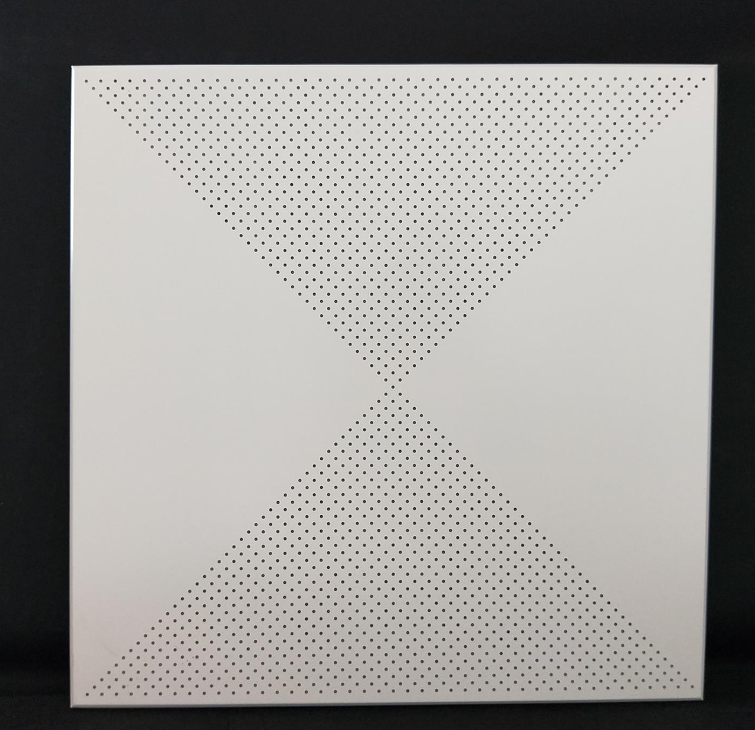
High Frequency Welded Tube Making Machine Revolutionizing Metal Fabrication
In the ever-evolving world of manufacturing, the high frequency welded tube making machine stands out as a technological marvel that has transformed the production of metal tubes. This innovative machinery excels in the efficient and effective manufacturing of welded tubes, which are widely used across various industries, including construction, automotive, and aerospace. By utilizing high-frequency welding technology, these machines ensure strong, durable, and precision-engineered products that meet the rigorous demands of modern applications.
Understanding High-Frequency Welding
High-frequency welding is a process that uses electrical currents to generate heat, which fuses metal components together without the need for additional filler materials. This method is particularly advantageous for tubular products, as it allows for the joining of metal sheets into a seamless pipe or tube. The process is efficient and fast, significantly reducing production times while maintaining high-quality standards. The primary advantage lies in its ability to produce strong welds with minimal distortion, ensuring that the final product retains its shape and structural integrity.
The Components of High-Frequency Welded Tube Making Machines
A typical high-frequency welded tube making machine comprises several key components. These include
1. Roll Forming Station The initial phase of tube manufacturing involves shaping flat metal strips into a tube-like form using a series of rollers. This station is crucial for achieving the desired tube profile and dimensions.
2. High-Frequency Induction Welder This device generates the electromagnetic waves necessary for the welding process. The high-frequency currents create enough heat to melt the edges of the metal, allowing them to fuse together as they come into contact.

3. Cooling System Post-welding, the tubes must be cooled to solidify the welds. An efficient cooling system ensures that the products are ready for further processing and can withstand rigorous testing.
4. Cutting and Finishing Unit Once the tubes are welded and cooled, they are cut to the specified lengths. Additional finishing processes, such as deburring and polishing, may also be carried out to enhance the surface quality of the tubes.
Applications of High-Frequency Welded Tubes
High-frequency welded tubes find applications in a wide range of industries. In the automotive sector, they are used for structural components, exhaust systems, and fluid transport. The construction industry relies on these tubes for scaffolding, support systems, and frameworks due to their strength and reliability. Additionally, high-frequency welded tubes are essential in the manufacturing of HVAC systems, furniture, and agricultural equipment, showcasing their versatility and adaptability.
Advantages of High-Frequency Welded Tube Making Machines
The adoption of high-frequency welded tube making machines offers numerous advantages to manufacturers. Firstly, the high-speed production capabilities lead to enhanced productivity and reduced labor costs. Moreover, the process minimizes waste, as it allows for precise control over material usage. The quality of the welded products is typically superior, with fewer defects and the ability to meet stringent industry standards. As a result, businesses can improve their competitive edge in a demanding market.
Conclusion
The high frequency welded tube making machine represents a significant advancement in metal fabrication technology. With its ability to produce high-quality welded tubes efficiently, it has become an indispensable tool for manufacturers across various sectors. As industries continue to grow and evolve, the importance of such innovative machinery will only increase, paving the way for enhanced productivity and performance in the metalworking landscape. Embracing these technologies will be crucial for businesses aiming to thrive in the future of manufacturing.